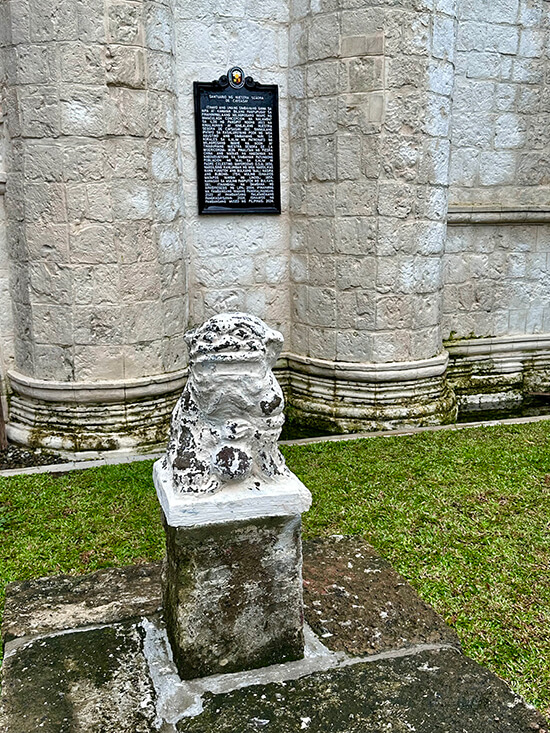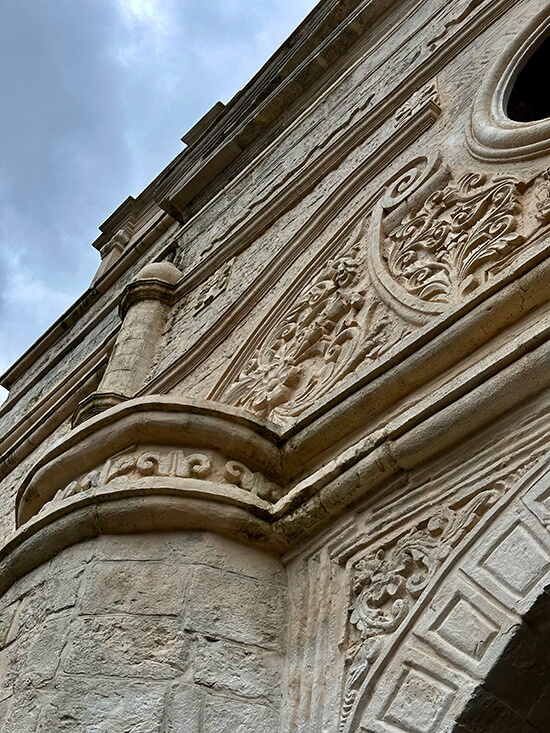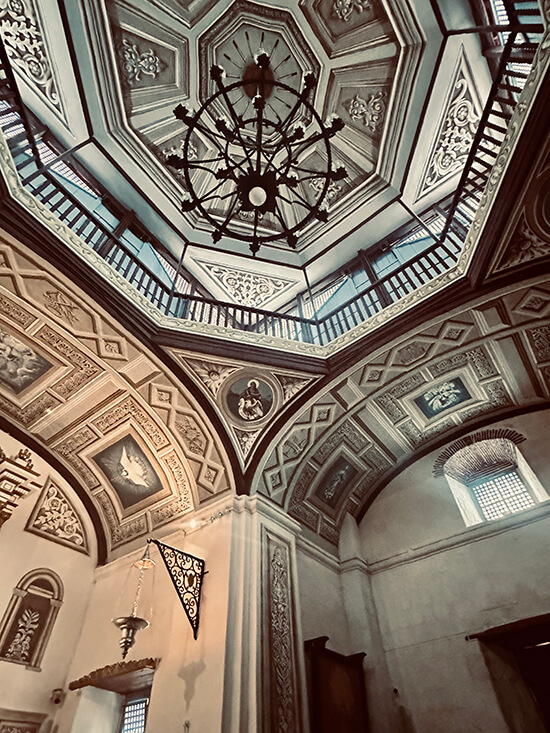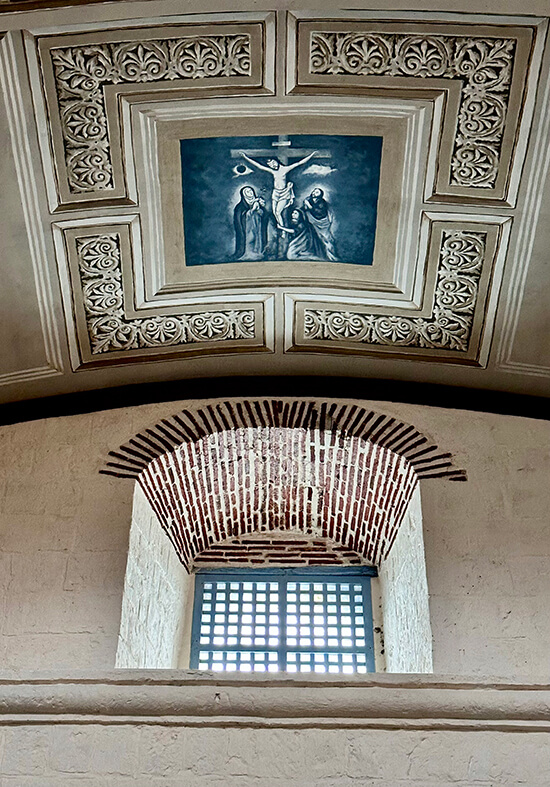Finding history & piety in Caysasay Church
Our Lady of Caysasay has been deeply and fondly venerated by Taaleños ever since the small wooden image of the Virgin Mary was found by a fisherman named Juan Maningcad in the waters of the Pansipit River in 1603. The name is probably derived form the local term for the collared kingfisher bird, casay-casay, which abounded in the area. A little-known fact is that the Caysasay shrine is the first officially sanctioned Marian apparition and pilgrimage site in the Philippines, predating other Marian sites in the country.
Interestingly, the Caysasay image is considered related in both form and attributes to the Taoist image of Ma-Cho (Mazu). Both share a close affinity to mythologies related to water and are patrons of seafarers. The Filipino-Chinese community of Northern Luzon who venerate the image of Ma-Cho in its temple in San Fernando, La Union, bring her in a yearly pilgrimage down to the Caysasay Shrine in Taal, Batangas, where she resides for a day as a special Mass is said. The Ma-Cho image then returns to San Fernando the next day to begin a round of festivities back in the temple.

The small church, initially constructed in 1639, has been rebuilt from earthquake and typhoon damage several times over centuries. Our host in Taal, Mike Rodriguez, was among those who helped initiate the latest major renovation which has just been completed this year; a huge effort spearheaded by National Museum director Jeremy Barnes with private support from Taal heritage vanguards such as the Villavicencios and the Rodriguezes. The restoration project covered the entire complex of the church, the granite steps (hagdan-hagdan) up to the town, and the Balón de Santa Lucia, considered a source of healing, miraculous water to this day.

Among the major structural renovations was the removal of a late-addition porch area, which has revealed the beauty of the coral stone façade, unusual in Luzon, with its intricate relief carvings; as well as a major painting program inside the church. In the peaceful, rustic interior with roughly textured coral stone walls, the high wooden ceiling trusses have been maintained. Beautifully detailed clerestory windows with brickwork on the arches let in light from above through pale-blue painted shutters. The simple marble altar is set in front of a finely crafted retablo with marble-effect finish and separated from the nave by a handsome wood and iron grilled altar rail. Among other painting tasks, the Spanish-trained conservator-painter Guy Custodio revisited the original grisaille decoration by the Italian painters Albero and Dibella, who were commissioned with the decoration of Augustinian churches in the late 19th century. The Taaleño glass artist Ramon Orlina donated the small jewel-like green glass crucifixes set between the stations of the cross. A pair of Fu dogs are set by the main entrance of the church, referencing the Chinese artisans who very likely worked on the church centuries ago.
Truly the work of many hands, it was a joy to see the restoration of the Caysasay Church, carefully executed with much refinement and restraint in the decorative details and paint colors used, in stark contrast to the often garish, thoughtless restoration projects which abound in many heritage churches in our country today. This wonderful example of a thoughtful, tasteful and relevant church restoration has resulted in a gem of a shrine well worth a visit.







